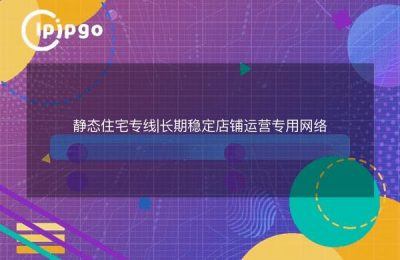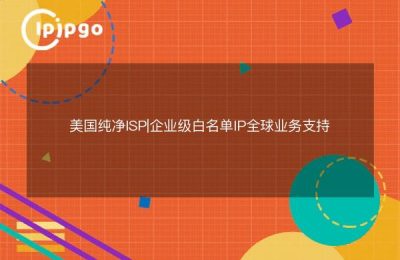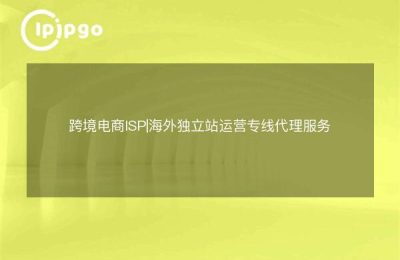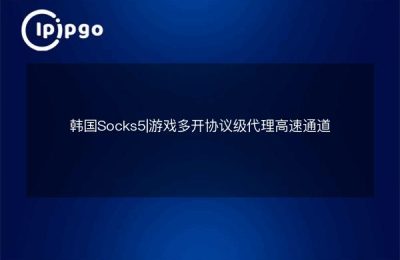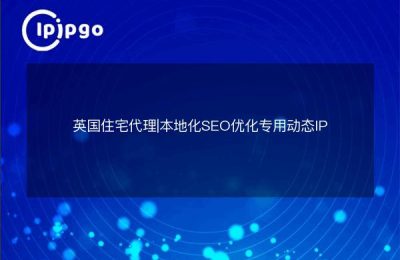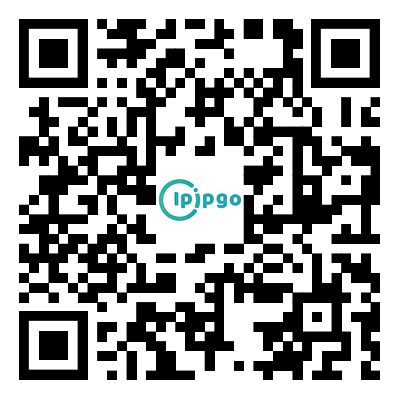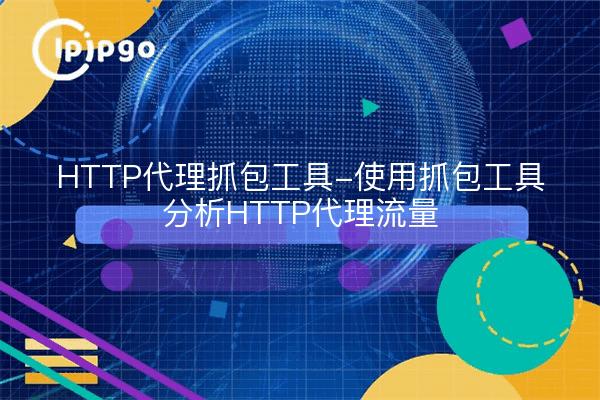
Proxy IPs and HTTP Grabbing: A Hidden Digital Drama
When it comes to Proxy IP, you may wonder if it is a mysterious digital tool. In the eyes of many people, proxy IP is like a "cloak of invisibility" in the network world, allowing you to roam around the vast expanse of the Internet without being detected. In fact, the proxy IP is not only a tool that allows you to hide your identity, it can also help you analyze and optimize the process of network requests, especially in the HTTP proxy traffic capture, plays an extremely important role.
HTTP Proxy: The "Translator" in Network Communications
We need to understand what an HTTP proxy is. Simply put, an HTTP proxy is an intermediary tool that helps users to communicate with the target server in the network. It passes your request to the target server and passes the server's response to you. Like a translator, the proxy IP "understands" your request (usually a browser request), converts it into a language that the server understands, and translates the response back to something you can read.
In this, the HTTP proxy works like a complex dance. You start from the beginning of the request, through the HTTP proxy transfer, and finally complete the interaction with the target site. And this process, how to ensure that each step is accurate, packet capture tool is particularly important.
Packet Catching Tools: A Mysterious Window into Network Traffic
If you compare the working process of HTTP proxy to a dance, then the packet capture tool is that observer hiding in the corner. Not only can it accurately record the flow of each network request, but it can also parse the contents to help you find possible problems or bottlenecks.
When analyzing HTTP proxy traffic using packet capture tools, the most commonly used tools are undoubtedly Wireshark, Fiddler, and others. These tools can help you intercept HTTP requests and responses that go through a proxy and view their message contents in detail. For example, when you send a request through IPIPGO's proxy service, packet capture tools can help you capture the details of the request, including the request URL, request headers, response time, etc., and can even drill down to each tiny TCP packet.
Why analyze HTTP proxy traffic?
Why do we analyze HTTP proxy traffic? There are actually a couple of very important purposes behind this:
- troubleshooting: Sometimes, the proxy request may have errors, such as connection timeout, 404 error, etc.. Packet grabbing tools can help you view the detailed request and response content, so as to find the root cause of the problem and solve it in time.
- optimize performance: By analyzing the response time of network requests, packet-catching tools can help you identify performance bottlenecks. Is every request taking this long? Is the latency of a node too high? These problems can be analyzed through the capture of packets clear.
- Safeguard data security: Proxy IP security is equally important. Packet grabbing tools can help you monitor whether sensitive data is leaked during transmission, ensuring data integrity and confidentiality.
By analyzing these data, we can get a clearer picture of network traffic and optimize the experience of using proxy services. Especially when you choose a professional proxy IP service provider like IPIPGO, with the assistance of packet capturing tools, you are able to adjust your proxy usage strategy more precisely.
Proxy IPs and Packet Catchers are the best partners
IPIPGO, as an excellent proxy IP service provider, provides efficient and stable HTTP proxy service. It not only helps you realize IP switching, but also ensures the high speed and stability of traffic. And when you cooperate with the use of packet capturing tools, you can more deeply analyze the details of each network request, so as to more accurately adjust the way you use the proxy.
For example, suppose you are using IPIPGO's HTTP proxy for a large-scale data capture task. With the packet capture tool, you can see in real-time the success and failure of each request, and analyze which IPs in the IP pool are more stable, and which respond faster. In this way, you can optimize the task based on real-time data and improve efficiency.
Summary: Packet grabbing tools make proxy IPs smarter
In short, packet capture tools and HTTP proxy services are the best partners for network traffic analysis. By using packet grabbing tools, we can have a comprehensive understanding of all aspects of HTTP proxy traffic, discover potential problems and optimize network requests. And choosing a professional proxy IP service provider like IPIPGO can make you smoother and more stable on the road of data transmission.
In this data-driven era, the packet capture tool is like a key to open the network's "black box", allowing you to see the mystery. Proxy IP services, on the other hand, are a bridge to help you traverse this digital world. The combination of the two will undoubtedly allow you to go farther on the road of network exploration.

